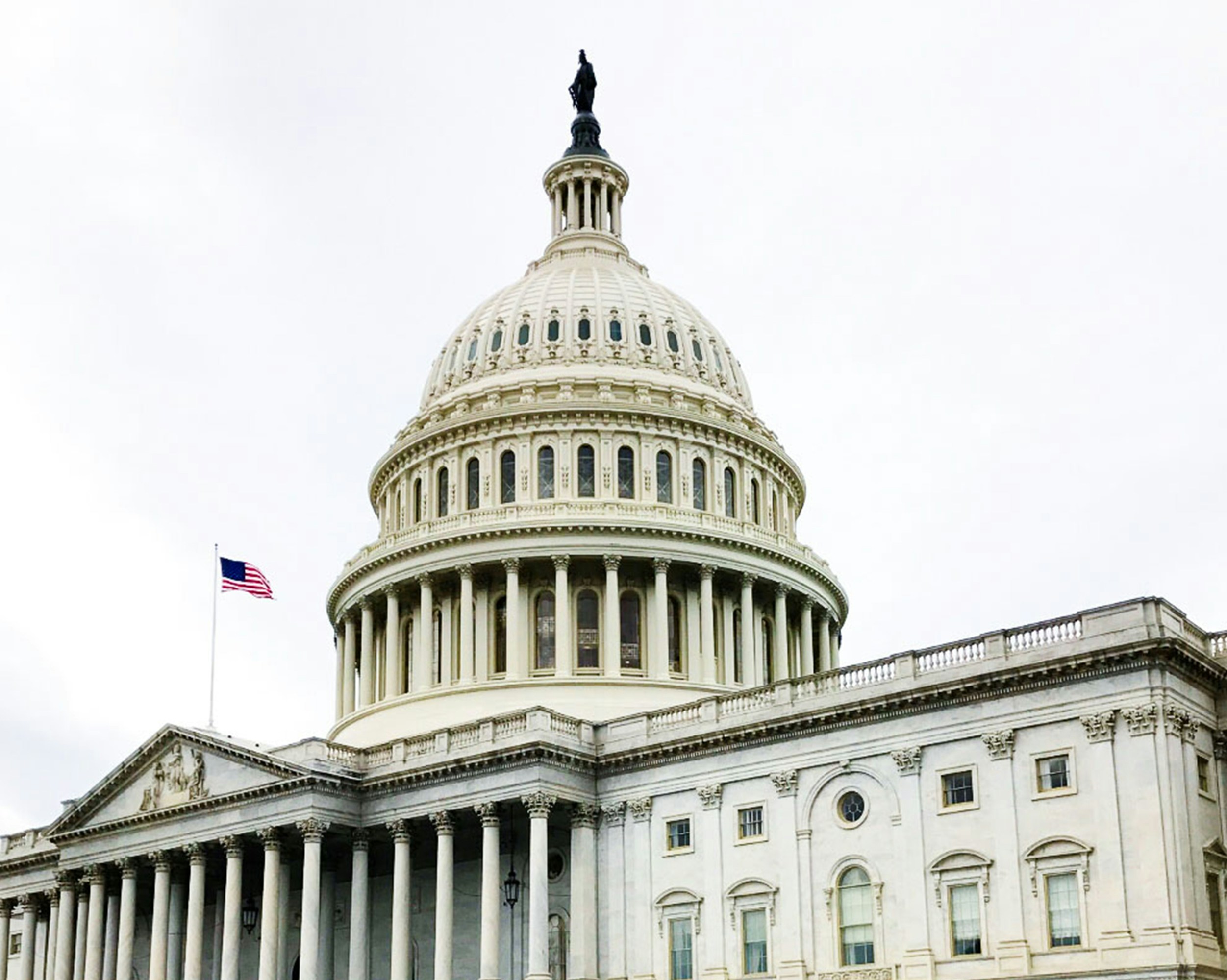
Will Unions Decide the 2024 Presidential Election?
- Breaking News
Some pundits suggest that six states are “in play” and likely to determine the outcome of the presidential election: Arizona (11 electoral votes), Georgia (16), Michigan (15), Nevada (6), Pennsylvania (19), and Wisconsin (10). In this scenario (which includes North Carolina going red), President Biden would need 45 of those toss-up electoral college votes to win, and former President Trump would need to pick up 35 more. Based on how close the results are expected to be in those states, could labor galvanizing its members to vote may tip the balance for President Biden?
The issue is a complex one. First, which battleground states have a higher Union member population than the national average of about 10%? I’ll bet you think it’s four. It’s actually three: Michigan (12.8%), Nevada (12.4%), and Pennsylvania (12.9%). Wisconsin’s Union membership is actually below the national average at 7.4%, and Arizona and Georgia have Union membership rates of 4.2% and 4.6%, respectively. Important: Michigan + Nevada + Pennsylvania = 40 electoral votes, so even if these Union-heavy states go for President Biden, he still must pick up one more battleground state.
Next, will national Union endorsements favor President Biden? This has certainly been the case so far. At his election, President Biden unapologetically promised to become the most pro-Union president since FDR. In September 2023, he made history by walking in a UAW picket line in Michigan during the Big Three strike. And, he recently announced his opposition to U.S. Steel’s sale to Nippon Steel. Probably not coincidentally, the USW (based in Pittsburgh) endorsed him a few days later, joining the UAW, AFL-CIO, AFT, AFSCME and others. However a few not-so-insignificant players are holding out, among them the Teamsters—one of the largest Unions with 1.3 million members—which recently donated $45,000 each to both the Republican National Committee and Democratic National Committee and whose leadership has met with both President Biden and former President Trump (including at Mar-a-Lago).
An even tougher question though is this: will individual Union members follow the advice of their national political leadership? December 2023/January 2024 polling suggests that, nationally, 50% of Union households favor President Biden and 41% favor President Trump, a 9-point gap. In 2020, exit polling had a 16-point gap for Union household voters in Biden’s favor.
But that’s nationally, and only six states really matter. The most recent (October 2023) New York Times/Siena College poll to take a deep dive of the battleground states’ registered voters found that Union households in those battleground states were almost exactly evenly split. [Side note: one reason the national Union household polling numbers might be so different is because Union members are over-represented in the populations of decidedly Democratic and heavily-populated states like California, Illinois, New York, and New Jersey].
Even if battleground state Union households do end up skewing Democratic in the end, will it be enough? Well, according to a love letter from the U.S. Treasury Department, Union members vote 12% more than the general population, though this is mostly correlated with other attributes of Union members and doesn’t address the spike in turnout we saw in 2020, when 66% of eligible voters (which is not identical with registered voters) voted, the highest percentage since 1900.
One Hypothetical, Based Mostly on Recent Polling: But, in any event, let’s just say that 70% of Union household registered voters voted, 51% for Biden, 46% for Trump, and 3% other vs. 60% of remaining registered voters, with a 50% for Trump, 47% for Biden, and 3% other. What would happen? Former President Trump would carry each of the six battleground states, by 1.6%-2.5%.
A Permutation Where Non-Union Voters Tend to Stay Home and Biden Has a 16-point Advantage with Union Households: Americans are deeply dissatisfied with the two major party options, and so we might wonder what happens if voter turnout plummets except among Union households. If you depress non-Union household turnout to 50%, and raise Biden’s win rate with Union households to 56% and lower Trump’s rate with Union households to 40%, and leave non-Union voting rate and results the same, Biden would convert Nevada and Pennsylvania (25 electoral votes), and Trump would still win the election.
A Further Permutation, Where Biden Has a 20-point Advantage with Union Households: If you keep the turnout differential above, and with no change to Trump carrying non-Union household voters by 3 points, but Biden wins 58% of the Union household vote and Trump carries only 38% of that group, Biden will win a second term by carrying Michigan, Nevada, Pennsylvania, and Wisconsin. The Wisconsin vote would be so close that Trump would need only lose the Union vote by 57%-39% to win the state.
So, to answer the question this article asks: Will Unions decide the 2024 Presidential Election?
Union households will have an outsized impact on the 2024 Presidential election in these six battleground states because of former-President Trump’s populism having made significant cuts from this once-reliable voting bloc, meaning that if President Biden takes the Union vote for granted, he does so at his own peril.





